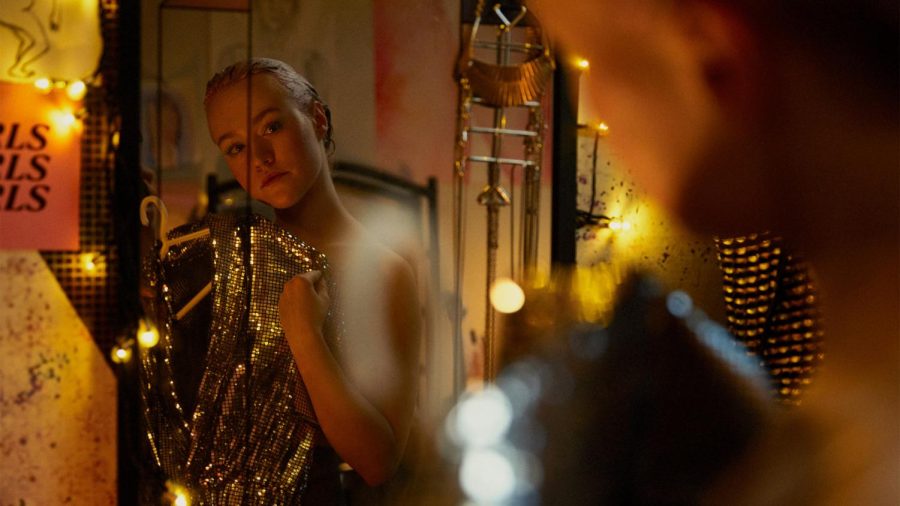Sundance: Bright, Predictable and Unabashedly Girly, ‘Girl Picture’ is a Portrait of Female Sexuality
January 29, 2022
Stop me if you’ve heard this one before — two best friends try to navigate the roller coaster ride of teenage life as they take their first unsure steps into independence and adult sexuality. From “Ghost World” to “Superbad” to “Fast Times at Ridgemont High” to “Booksmart,” this particular story is known. With a gaze similar to that of a teen comedy from the 1980s, such as “Fast Times” and John Hughes’ movies, Alli Haapasalo’s “Girl Picture” tells its pleasantly familiar story in an unpretentious manner with an overwhelming love for the characters.
Falls Short in Developing the Central Friendship
Peppy and unabashedly girly, “Girl Picture” follows two friends Mimmi (Aamu Milonoff) and Rönkkö (Eleonoora Kauhanen) over three consecutive weekends. Mimmi is a headstrong rebel with pronounced anger issues, while the bubbly and cheerful Rönkkö is her exact opposite. The two work in the mall at a smoothie shop with witty drink names like “It Takes Two to Mango.”
In between working the blender, the two discuss love and Rönkkö frets over her inability to enjoy sex. It is at this smoothie shop that the two meet Emma (Linnea Leino), a French figure skater who is fiercely training for championships and resembles an extroverted Rooney Mara. After a romcom-type “meet cute” Mimmi and Emma fall head-over heels into a passionate, intense teen romance. As this is happening, Rönkkö floats through various sexual encounters trying to figure out what will give her pleasure.
On the Sundance Film Festival website, “Girl Picture” is described as “a portrait of the power of female friendships.” The biggest black mark against the movie is that it is not that. There is a distinct lack of time spent with Mimmi and Rönkkö together. And in their scenes, the overwhelming majority of the conversation centers around romantic relationships. Mimmi and Rönkkö don’t tell the other about their day, or complain about plans with family. There are no inside jokes or snarky asides, no shared memories are mentioned, no mutual interests are revealed. We never see Mimmi and Rönkkö doing homework together, shopping, or having a movie night. When the two attend the party they separate as soon as they set foot through the door and don’t leave together. The friendship is written superficially, without any specificity or little details that would turn it into a red-blooded, fully felt friendship.
Treats the Characters with Respect
The strength of the writing regarding the romance between Emma and Mimmi further pushes the friendship to the back burner. Frankly, you forget about Rönkkö during any of their scenes. Milonoff and Leino are both commanding screen presences and share white-hot romantic chemistry. The relationship is complicated, overwhelming, toxic, tender, exciting, funny and a million other descriptors, emotionally capturing the intensity of teen romance.
I have seen enough teen comedies from the 80’s to be sick and tired of movies about teens wanting to have sex, yet I acknowledge that “Girl Picture” treats Mimmi and Rönkkö with respect and benevolence. The girls are able to explore their sexuality without any judgement and in complete safety. “Girl Picture” isn’t condescending to the three girls, instead it meets them on their own level and listens.








